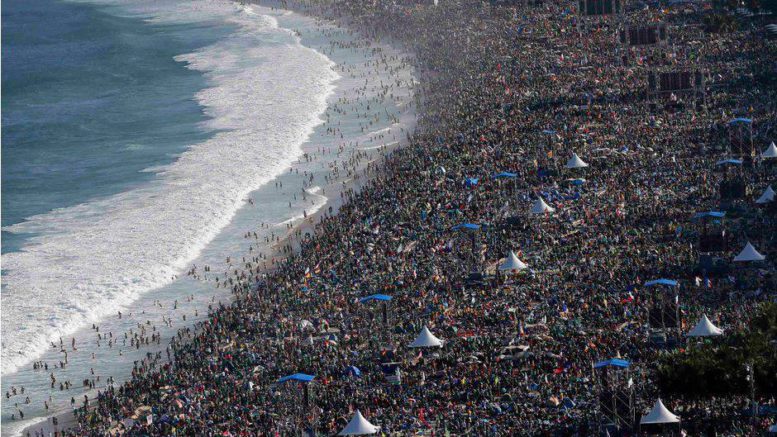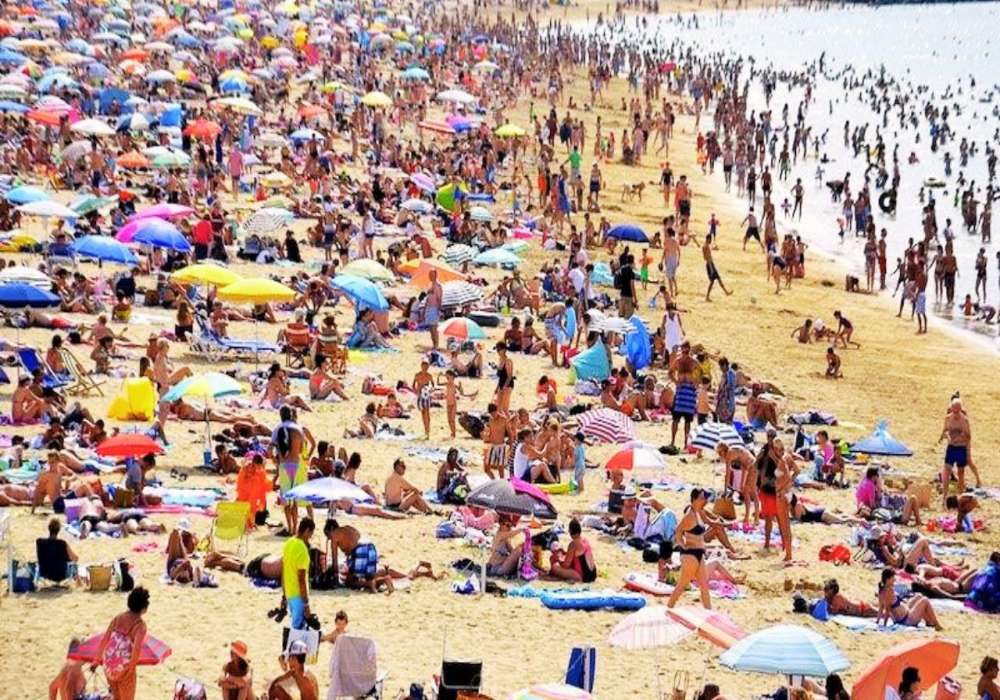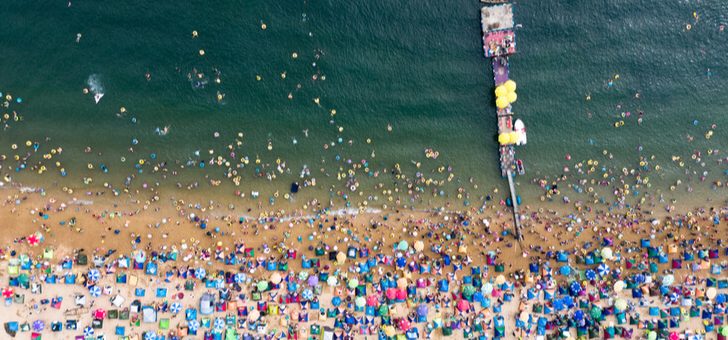Most Crowded Beaches In The World
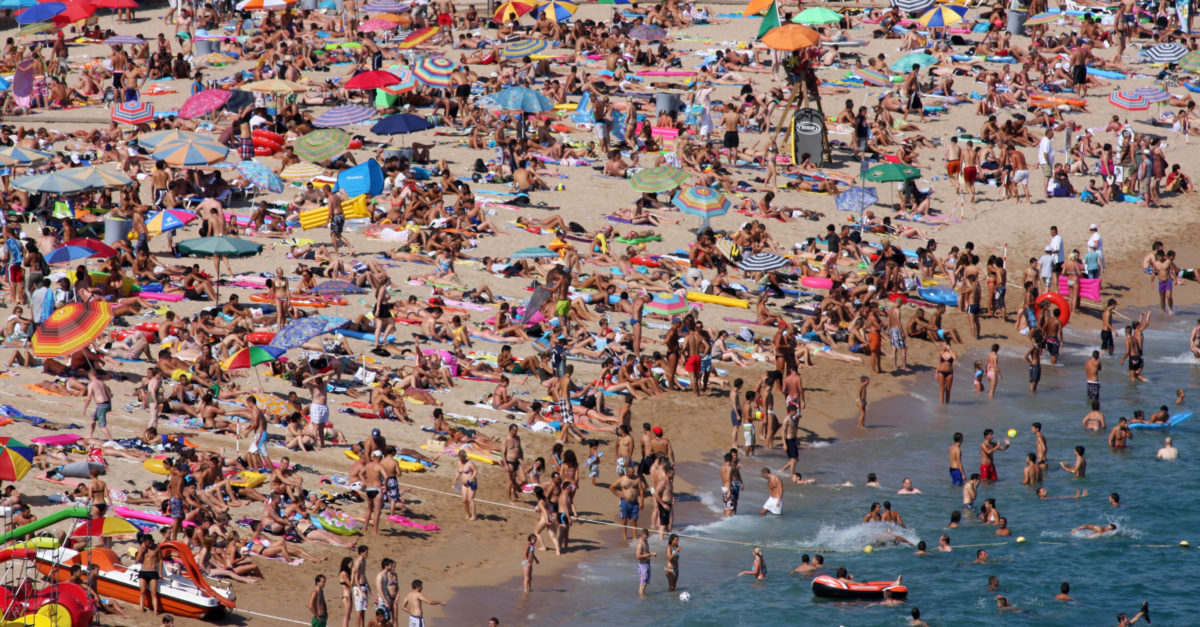
The sun beats down, the air is thick with humidity, and the sound of crashing waves is almost drowned out by the sheer volume of human noise. Welcome to some of the world’s most crowded beaches, where the pursuit of sun, sand, and sea often transforms into a struggle for space and sanity. What draws millions to these seemingly claustrophobic stretches of shoreline, and what are the consequences of such intense concentration of humanity?
This article examines the phenomenon of overcrowded beaches around the globe. It will delve into the reasons behind their popularity and the environmental and social impacts they create. It will also explore potential solutions to mitigate overcrowding and ensure a more sustainable and enjoyable beach experience for everyone.
The Usual Suspects: A Global Tour of Packed Shores
Several beaches worldwide consistently rank among the most crowded. Coney Island in New York, Ipanema in Rio de Janeiro, and South Beach in Miami are iconic examples.
In Asia, beaches like Repulse Bay in Hong Kong and beaches in Goa, India, face similar challenges, especially during peak tourist seasons and local holidays. These locations attract millions annually, drawn by their reputation, accessibility, and perceived desirability.
Official tourism data from the respective regions confirm these locations as hotspots, often reporting visitor numbers that far exceed the beaches' carrying capacity.
Factors Driving the Crowds
Accessibility is a major factor. Beaches located near major metropolitan areas are naturally more prone to overcrowding.
Strong public transportation links and readily available parking options contribute to the influx of visitors. Beach *quality*, *reputation*, and *marketing* also play a crucial role.
Beaches with consistently clean water, well-maintained sand, and a vibrant atmosphere tend to attract more people. Positive reviews and media coverage further amplify their popularity, creating a self-fulfilling prophecy of crowds.
The Environmental Toll
Overcrowding takes a significant toll on the environment. Increased litter is a pervasive problem, polluting both the sand and the water.
Plastic waste, food wrappers, and discarded cigarette butts are common sights, impacting marine life and degrading the aesthetic appeal of the beach. The Environmental Protection Agency (EPA) has documented the detrimental effects of plastic pollution on coastal ecosystems.
Sewage and wastewater runoff can also be exacerbated by large crowds, leading to bacterial contamination and posing health risks to swimmers. Erosion is another concern, as foot traffic and infrastructure development can damage fragile coastal ecosystems.
The Social Impact: More Than Just Elbow Room
Beyond the environmental concerns, overcrowding has significant social impacts. The very experience of visiting a crowded beach can be far from relaxing.
The lack of personal space, long queues for amenities, and increased noise levels can lead to stress and frustration. Competition for prime spots on the sand often results in conflicts between beachgoers.
Local communities can also be negatively affected. Increased traffic congestion, limited parking, and rising prices can disrupt their daily lives.
"The influx of tourists can strain local resources and infrastructure," says Dr. Emily Carter, a coastal management specialist at the University of California, Santa Barbara.
Seeking Solutions: Managing the Masses
Addressing beach overcrowding requires a multifaceted approach. Stricter regulations on littering and waste disposal are essential.
Increased enforcement of these regulations, along with public awareness campaigns, can help reduce pollution. Investing in infrastructure, such as more restrooms, showers, and waste disposal facilities, is also crucial.
Some beaches are implementing innovative solutions to manage crowds. These include timed entry systems, reservation requirements, and designated swimming zones.
Promoting alternative beaches and less-visited coastal areas can help alleviate pressure on the most popular spots. Responsible tourism initiatives that encourage visitors to respect the environment and local communities are also important.
Technology can also play a role. Real-time crowd monitoring systems can provide visitors with information about beach occupancy, allowing them to make informed decisions about where to go.
A Sustainable Future for Our Shores
The challenge of beach overcrowding is a global issue with far-reaching consequences. Finding sustainable solutions is crucial to protecting these valuable resources and ensuring that future generations can enjoy them.
Balancing the desire for tourism revenue with the need to protect the environment and the well-being of local communities is a complex task. It requires collaboration between governments, businesses, and individuals.
Ultimately, a shift in perspective is needed. Instead of viewing beaches solely as recreational spaces, they must be recognized as fragile ecosystems that require careful management and respect. Only then can we hope to create a more sustainable and enjoyable beach experience for all.


